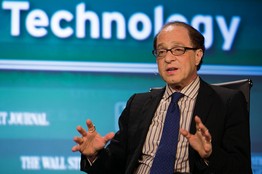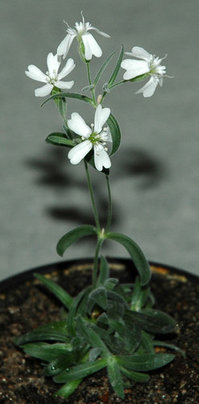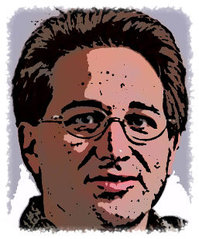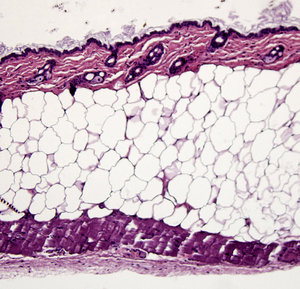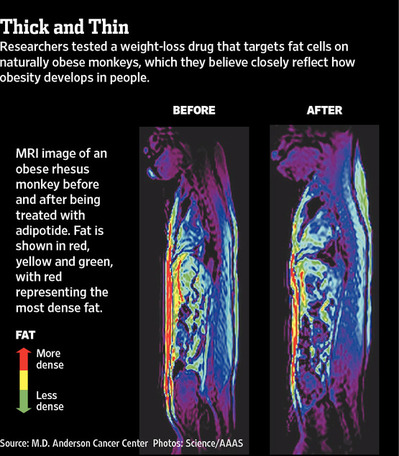(p. 136) Early retirement appears to have a significant negative impact on the cognitive ability of people in their early 60s that is both quantitatively important and causal. We obtain this finding using cross-nationally comparable survey data from the United States, England, and Europe that allow us to relate cognition and labor force status. We argue that the effect is causal by making use of a substantial body of research showing that variation in pension, tax, and disability policies explain most variation across countries in average retirement rates.
Further exploration of existing data and new data being collected would allow a considerably deeper exploration of the roles of work and leisure in determining the pace of cognitive aging. For example, the HRS contains considerable information on how respondents use their leisure time that would allow both cross-sectional and longitudinal analysis of changes in cognitive exercise that are associated with (p. 137) retirement. In addition, detailed occupation and industry data could be used to understand differences in the pace of technical change to which workers must adjust during the latter part of their careers. Also, in the 2010 wave, the HRS will be adding measures of other components of fluid intelligence. Future work in this area should be able to separate the effects of the “unengaged lifestyle hypothesis” (that early retirees suffer cognitive declines because the work environment they have left is more cognitively stimulating than the full-time leisure environment they have entered) from the “on-the-job retirement hypothesis” (which holds that incentives to invest among older workers are significantly reduced when they expect to retire at an early age).
During the past decade, older Americans seem to have reversed a century-long trend toward early retirement and have been increasing their labor force participation rates, especially beyond age 65. This is good news for the standard of living of elderly Americans, as well as for the fiscal balance of the Social Security and Medicare systems. Our paper suggests that it may also be good news for the cognitive capacities of our aging nation.
Source:
Rohwedder, Susann, and Robert J. Willis. “Mental Retirement.” Journal of Economic Perspectives 24, no. 1 (Winter 2010): 119-38.

